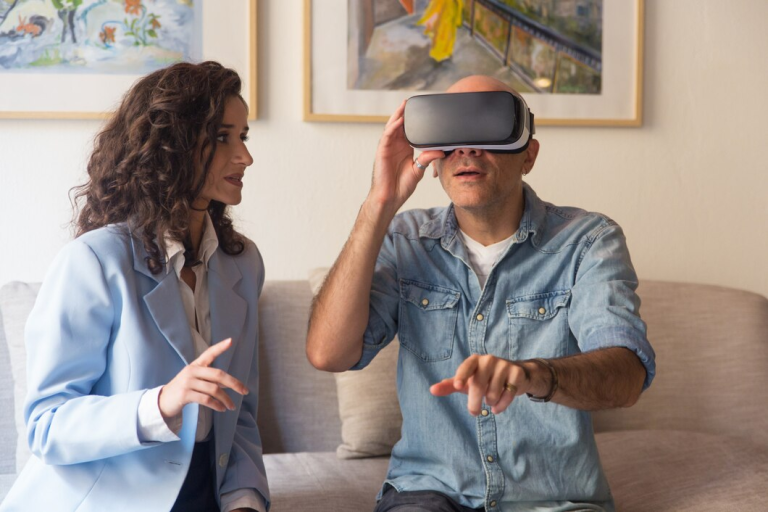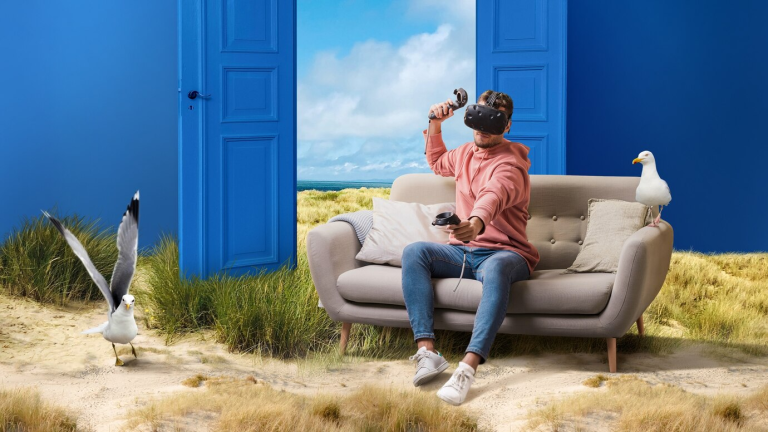When I first explored the potential of virtual reality (VR) in architecture, I knew it could be a game-changer. At VRchitects, we’ve harnessed the power of VR to not only enhance our designs but also to streamline the project approval process and significantly cut costs. Here’s how VR is transforming our approach and benefiting our clients.
Real-Time Visualization
One of the most impactful aspects of VR is its ability to provide real-time visualization. Clients can walk through a virtual model of their project, experiencing every detail as if it were already built.
Key Benefits:
- Enhanced Understanding: Clients gain a clearer understanding of the design, which reduces the need for extensive explanations and revisions.
- Immediate Feedback: Real-time adjustments based on client feedback can be made during the virtual walkthroughs, accelerating decision-making.
In one of our recent projects, we used VR to present a complex commercial space to stakeholders. The ability to virtually navigate the space allowed them to visualize the final product accurately, leading to faster approvals and fewer revisions.
Streamlined Communication
VR significantly improves communication between all parties involved in the project. By providing a tangible, immersive experience, misunderstandings and miscommunications are minimized.
Key Features:
- Interactive Sessions: Stakeholders can interact with the design in a virtual space, leading to more productive meetings.
- Clear Visuals: VR eliminates the ambiguity that can come with 2D plans and drawings, ensuring everyone is on the same page.
During a large-scale residential project, we utilized VR to host interactive design review sessions. This approach not only clarified the design intent but also fostered a collaborative environment where ideas could be shared and refined efficiently.
Cost Reduction Through Early Detection
One of the significant cost-saving advantages of VR is its ability to detect design flaws and spatial conflicts early in the process. Identifying and addressing these issues before construction begins can save substantial amounts of money.
Cost-Saving Strategies:
- Error Prevention: Spot potential design errors and spatial conflicts in the virtual model.
- Efficient Modifications: Make changes in the virtual environment, reducing the need for costly on-site modifications.
In a recent industrial project, VRchitects used VR to identify several design issues that could have led to expensive corrections during construction. By addressing these problems early, we saved the client both time and money.
Enhanced Marketing and Sales
VR also plays a pivotal role in marketing and selling properties. By providing potential buyers or tenants with a virtual tour, we can showcase the project’s features and benefits more effectively.
Marketing Advantages:
- Immersive Tours: Offer potential buyers an immersive experience of the property, increasing their engagement and interest.
- Pre-Sales: Use VR to pre-sell units or spaces before the construction is complete, accelerating ROI.
For a luxury condominium project, we created a VR tour that allowed prospective buyers to explore the units and amenities virtually. This innovative approach not only attracted more interest but also led to several pre-sales, boosting the project’s financial viability.
Conclusion
Virtual reality is revolutionizing the architecture industry by enhancing visualization, improving communication, detecting issues early, and boosting marketing efforts. At VRchitects, our experience with VR has demonstrated its profound impact on accelerating project approval and reducing costs.
Ready to leverage the power of VR for your next architectural project? Contact VRchitects today to explore how we can bring your vision to life efficiently and cost-effectively.






